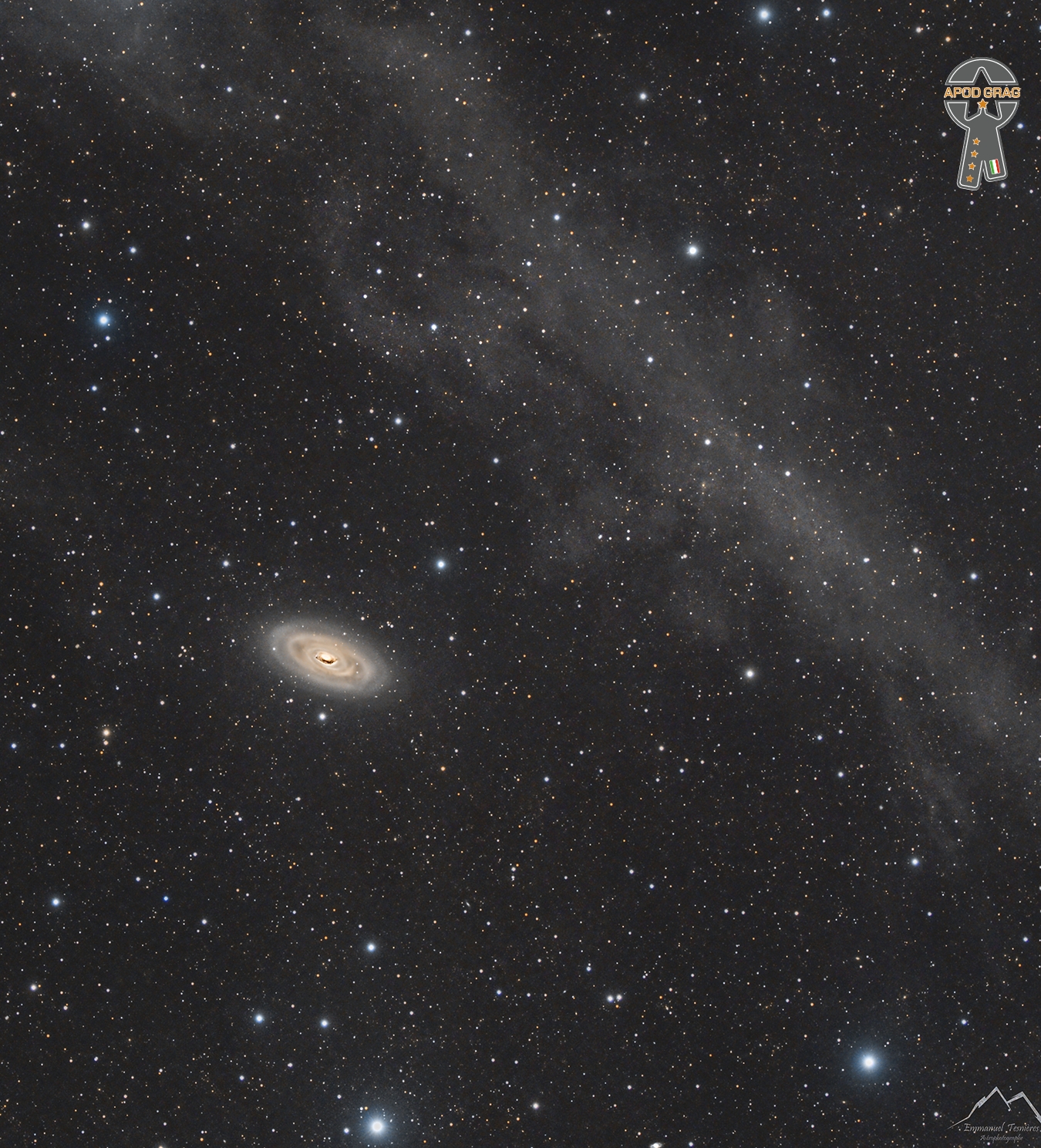Cosmos M64
Easily identified by the spectacular band of absorbing dust partially obscuring its bright nucleus, M64, or the Black Eye galaxy, is characterized by its bizarre internal motion. The gas in the outer regions of this remarkable galaxy is rotating in the opposite direction from the gas and stars in its inner regions. This strange behavior can be attributed to a merger between M64 and a satellite galaxy over a billion years ago.
New stars are forming in the region where the oppositely rotating gases collide, are compressed, and then contract. Particularly noticeable in this stunning Hubble image of the galaxy’s core are hot, blue stars that have just formed, along with pink clouds of glowing hydrogen gas that fluoresce when exposed to ultraviolet light from newly formed stars.
M64 was discovered by the English astronomer Edward Pigott. It is located 17 million light-years from Earth in the constellation Coma Berenices and is best observed in May. With an apparent magnitude of 9.8, the Black Eye galaxy can be spotted with a moderately sized telescope.
